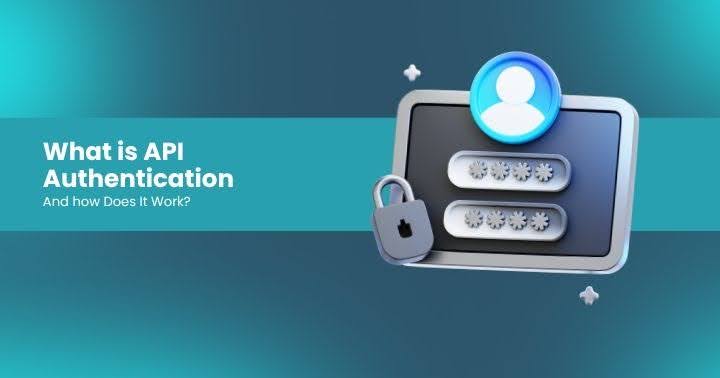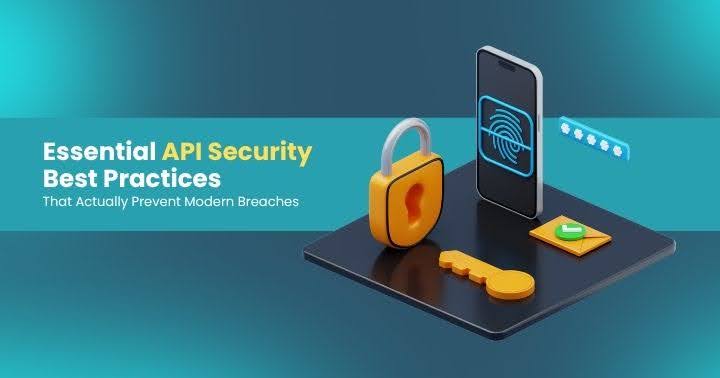REST Assured: Mastering API Pentest Scoping Without Losing Your Mind
Tired of chaotic API pentests with vague scopes and useless reports? Learn how to streamline your testing process, target real risks, and deliver reports that speak to execs and engineers alike—without losing your mind (or your budget).

REST Assured: Mastering API Pentest Scoping Without Losing Your Mind
by Mike Lisi at APISEC|CON
Is your API testing strategy missing the mark? Let’s fix that.
With APIs now making up nearly 70% of all internet traffic, they’ve become a massive attack surface—and a major security blind spot for many organizations. If you’re in AppSec or DevSecOps, you’ve probably asked yourself:
- How do I scope an API pentest effectively?
- What’s the best way to prepare for API security testing?
- How do I make sure the results are actionable—for both execs and engineers?
In this session from APISEC|CON, Mike Lisi—founder of Maltek Solutions and president of Red Team Village—shares a proven, battle-tested approach to API pentest scoping that makes the process smoother, smarter, and far more valuable.
Why API Testing Isn’t Just Web App Testing in Disguise
APIs aren’t just another web asset. They work differently, they fail differently, and they’re tested differently.
Here’s why:
- You can’t crawl APIs like you crawl a web app
- Missing docs make pentesting guesswork
- Token-based auth is more complex than cookie sessions
- Business logic is often deeply buried in endpoints
If you treat APIs like traditional web apps, you’ll miss critical risks like Broken Object Level Authorization and Mass Assignment. That’s why OWASP created a separate API Security Top 10.
Four Steps to Smarter API Pentest Scoping
1. Start with the "Why"
Why are you doing this test in the first place?
Compliance? Launching a new product? Protecting user data? Knowing the business driver gives your test purpose.
As a tester: Ask about goals, not just assets.As a business: Be honest about what you're worried about. The more context, the better the results.
2. Then Ask, "What Should We Test?"
Once you’ve nailed the why, it’s time to prioritize. Not everything needs equal coverage. Ask:
- What endpoints handle sensitive data?
- Which parts are new, changed, or outsourced?
- What’s public vs. internal?
You’ll need:
- Swagger/OpenAPI specs
- Postman collections
- Source code or flow diagrams
Pro tip: No docs? You’re flying blind. Fix that first.
3. Figure Out the "How"
Don’t just dive in. Align expectations:
- Is testing in staging or production?
- Is test data realistic?
- Are the environments stable during testing?
Also: Who’s your point of contact when something breaks? Fast comms = faster results.
4. Know the "Who" for Reporting
Who’s going to read the report? Tailor it.
- Execs: Want big-picture risk insights, posture scores, compliance impact
- Engineers: Need payloads, steps to reproduce, and fix suggestions
- Customers or auditors: Might want a sanitized summary
Writing with the audience in mind saves everyone time.
What Makes This Approach So Effective?
For testers: You avoid scope creep and misaligned deliverables.For businesses: You get targeted results, optimized for budget and risk.For everyone: Less frustration, more action.
Want to go deeper into secure API testing? Check out:
- The Ultimate API Security Checklist
- Test-Driven Development for API Security
- Security by Design for APIs
TL;DR – Scoping Smart Means Testing Right
Ask WHY to guide your scope.
Define WHAT to test based on docs and business priorities.
Clarify HOW you’ll test (env, data, access).
Tailor WHO gets the report.
Do this, and you’ll turn pentests from checkbox tasks into real security wins.
Latest Articles
Earn your APIsec University Certificate
Earn an APIsec University certificate and badge for completing any of our courses.
Post your badge on LinkedIn and share your accomplishments. You can even receive CPE credits for taking these courses.











